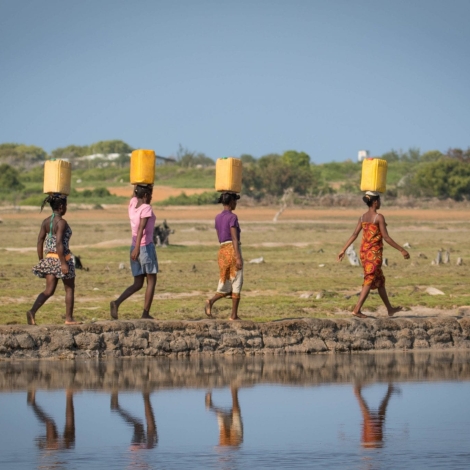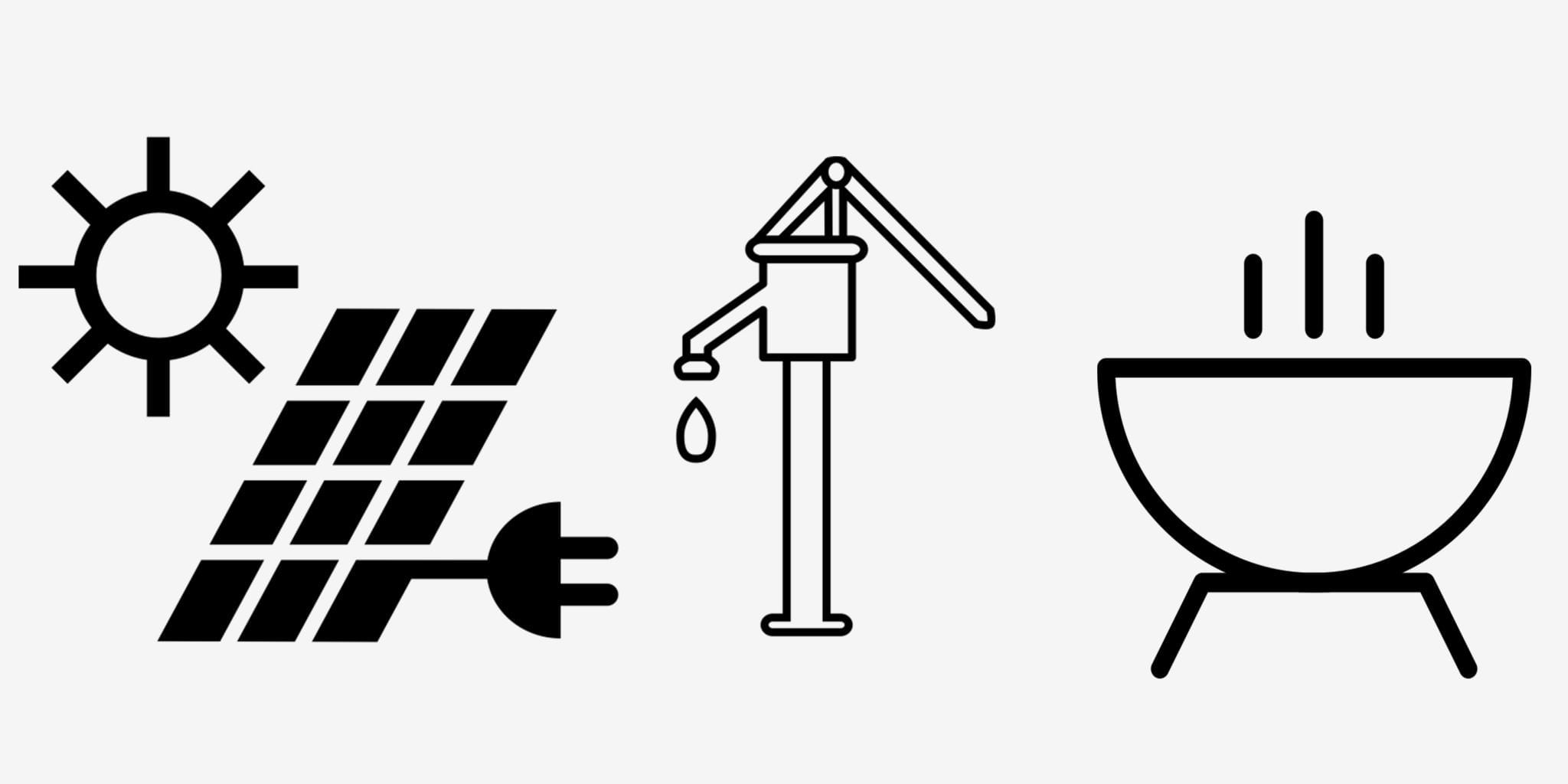Growing up in India, I was fortunate enough to have a piped supply of municipal water in my home. I was able to get a glass of water to drink whenever I wanted, take a shower, and if there was an announcement about interruption in water supply, my family made sure to store the water for usage. I used to think that this was the way of life for everyone. My perception changed in 2003, when I first started working for a small grassroots nonprofit in Meerut, a northern Indian city. I witnessed women and girls carrying loads of water from the source to their homes for daily usage. On average, they had to walk three miles per day to have adequate water in their homes. The women and girls were at risk of being attacked by stray dogs, abused by passersby and they were missing out on opportunities to get an education and contribute to society in meaningful ways.
In countries from Africa to Asia, it is the responsibility of women and children to carry water every day. The University of North Carolina’s Water Institute issued a new review of a the first large-scale study on the health affects of carrying water, paired with a literature review of other research on the topic. The study reviewed was published in 2018 in The Journal of Global Health and surveyed 3365 people in Vietnam, South Africa and Ghana. According to the research, carrying heavy loads of water overhead (head loading) may impart physical stress to the bones and soft tissues of the neck and upper back through vertical compression, also called ‘axial loading’ or ‘axial compression.’ It’s especially dangerous for young girls in their formative years, and can result in permanent damage.
A physical, emotional and sexual toll
The literature review in the UNC Water Institute’s same document highlights studies that support the findings and add evidence of an emotional toll and sexual abuse linked to carrying water. According to one of the papers included in the literature review, water and sanitation was one of the biggest daily challenges for women in slums, peri-urban and urban areas.
From anecdotal experience in India, I have seen that the effects of carrying water are not only physical but also socio-economical. Dalit women, who are from the lowest caste in India’s caste system, face the threat of violence against them while collecting water. Unfortunately, the threat is often from women of other castes.
Strategy takeaways
UNC’s review includes takeaways for developing strategies to meet the challenge of water provision.
- The health problems associated with water carriage can only be eliminated if all households have water on premises, which is one of the parameters of ‘safely managed’ water called for under the Sustainable Development Goals.
- In areas where water fetching must continue, strategies should focus on reducing the distance to water sources, providing alternatives to carrying water on the head, such as wheelbarrows, and eliminating gender-based violence.
Technology in Engineering for Change’s Solution Library can help meet both challenges: delivering water to the home and offering alternatives to carrying water on the head.
Water pumping and treatment technologies in Engineering for Change’s Solutions Library
The solutions are described in a standardized format to allow for easy comparisons between different products. And those that have been studied and vetted include documentation. Many of the technologies have been market tested and are used by women and children daily.
A comparison of water carrying technologies in Engineering for Change’s Solutions Library
The way forward
Fetching water is a barrier to achieving SDG 3 (“ensure healthy lives and promote wellbeing for all at all ages”) because of its association with health problems. The burden of water collection, and the fact that it falls disproportionately on women and girls, is also a barrier to achieving target 1 of SDG 6 (SDG6.1: “universal and equitable access to safe and affordable drinking water for all”). Applying policy instruments along with the solutions provided in Engineering for Change’s SL program shall help remove barriers to achieving these two goals for all.
Reference
Health Effects of Carrying Water, UNC’s Water Institute’s WaSH Policy Digest

